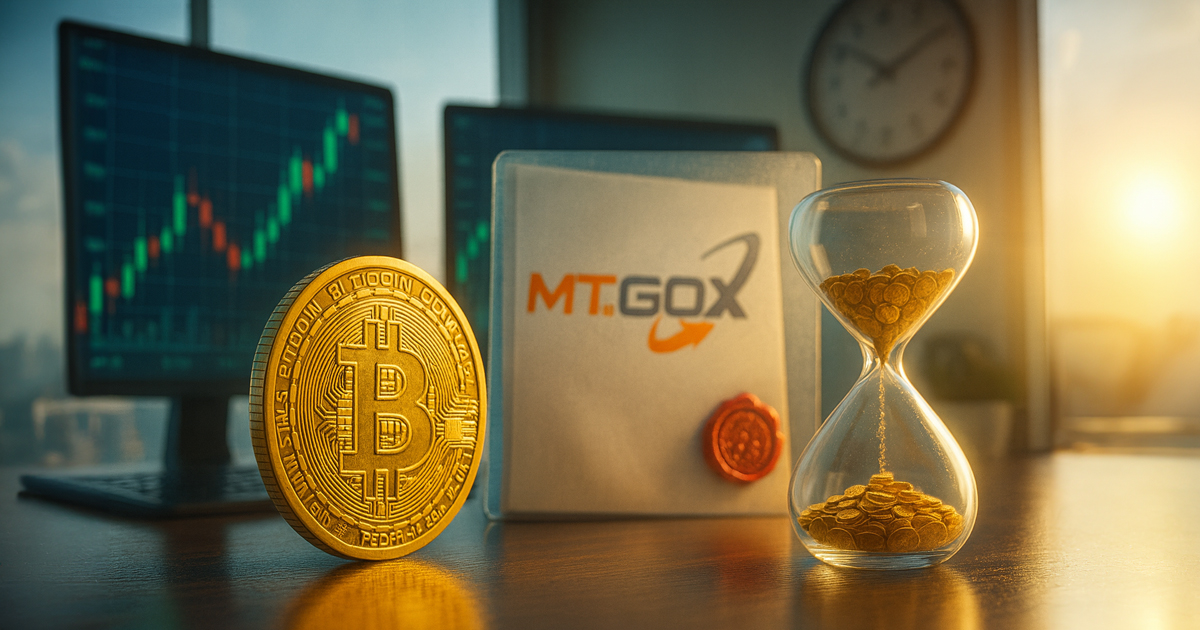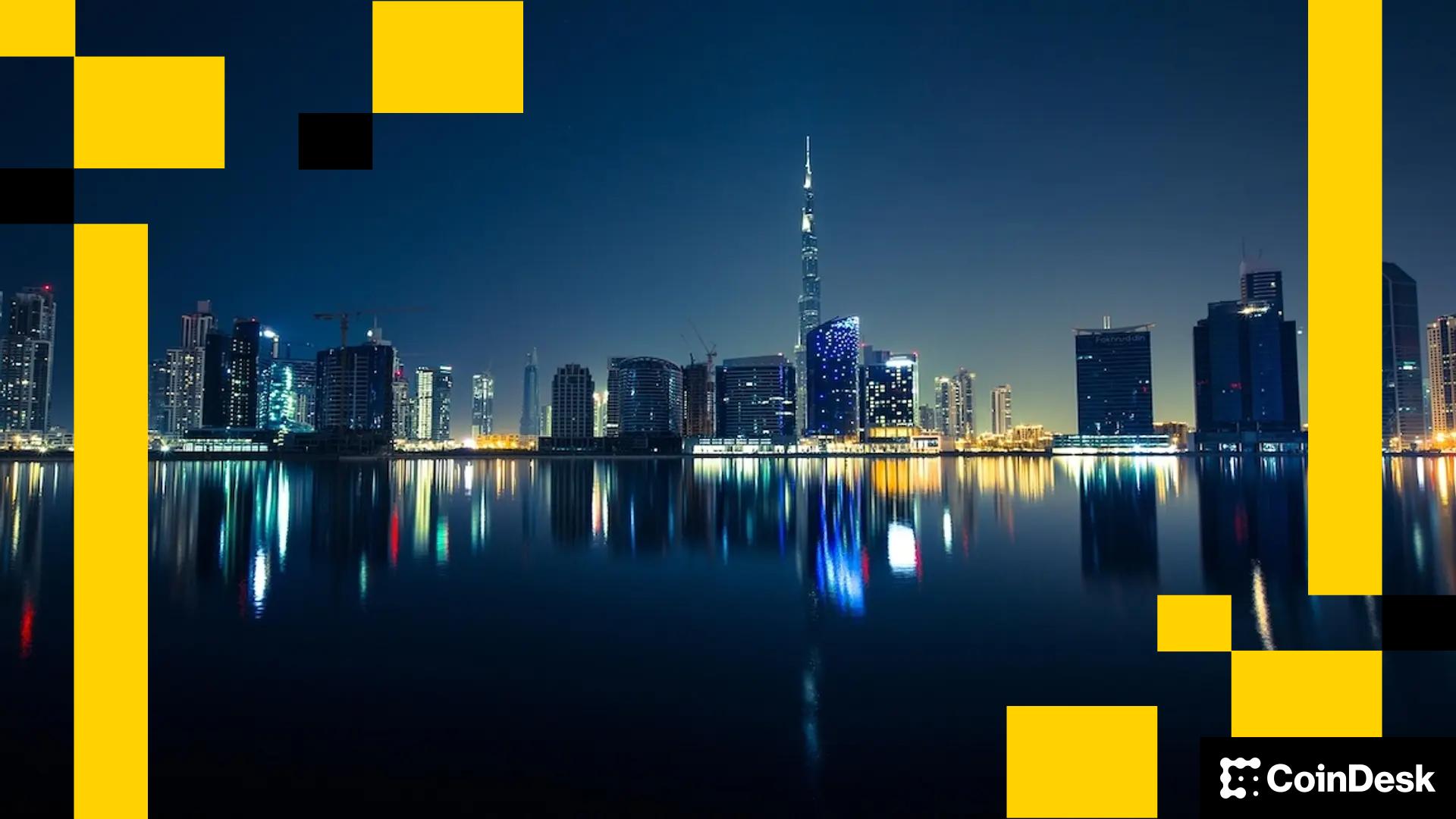Mt. Gox just pushed its repayment deadline again from this Friday to Oct. 31, 2026, with court approval. The one-year extension, effectively diffuses near-term sell pressure, turning what could have been a sharp supply event into another drawn-out administrative cycle. Much like prior phases, repayments are expected to filter through exchanges, custodians, and OTC venues in waves rather than floods, muting immediate market impact. For Bitcoin, this delay extends the overhang narrative but also underscores that Mt. Gox distributions remain a slow bleed, not a single catalyst capable of shaking the broader market structure. The deadline was already pushed from last October and now its happened again. Why are Mt. Gox payments being pushed back another year? The trustee cited incomplete creditor procedures and processing issues as the reason for moving the completion dates for base, early lump sum and intermediate repayments from Oct. 31, 2025, to Oct. 31, 2026, shifting an expected supply overhang out by a full year, per the official notice. Bitcoin traded near $114,874 at press time. The date change converts a calendar overhang into a process overhang. A sizable portion of creditors still need to complete exchange and custody steps, and prior tranches showed that payouts feed through exchange queues, custody releases and banking rails over extended schedules. Historical processing windows ran up to about 90 days at Kraken, roughly 60 days at Bitstamp and about 20 days at BitGo, so even when the trustee releases funds, conversions and potential sales can disperse across months rather than a single session. Public trackers continue to place the residual estate near 34,700 BTC, although the on chain totals fluctuate with internal movements. Scale context now differs from earlier cycles. Bitcoin ETFs have pulled in a cumulative $61.98 billion in inflows since launch and $4.2 billion in net flows in October alone. At roughly $115,000 per coin, that montly Bitcoin intake equates to around 36,000 BTC, comparable to the entire remaining Mt. Gox stack. That is not a base case absorption path, however it frames the order of magnitude of regulated demand relative to the overhang. Depth in listed derivatives also expanded into the autumn. CME Group data shows that crypto futures and options set all time highs in the third quarter, including record notional open interest of $39 billion on Sept. 18 and average dollar open interest of $31.3 billion for the quarter. More inventory hedging, basis trading and options activity means more capacity to intermediate episodic spot flows through delta hedging and cross venue arbitrage. That plumbing gives dealers and arb desks more room to warehouse Mt. Gox related supply without forcing disorderly prints in spot markets. Spot ETFs remain a central part of the absorption picture. BlackRock’s IBIT fund sits at $89 billion in assets, an individual product that now rivals the entire residual Mt. Gox inventory many times ov
Mt. Gox delayed to 2026: Does 34k BTC even move Bitcoin price anymore?



